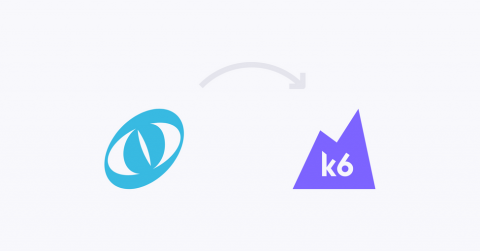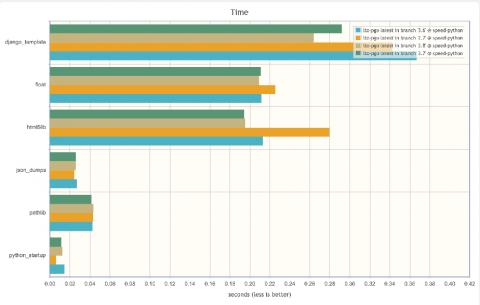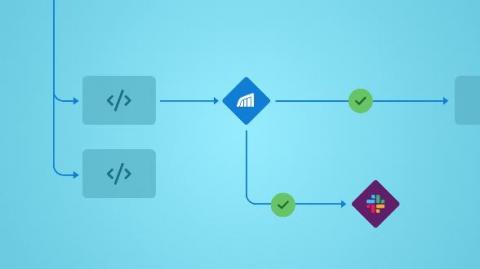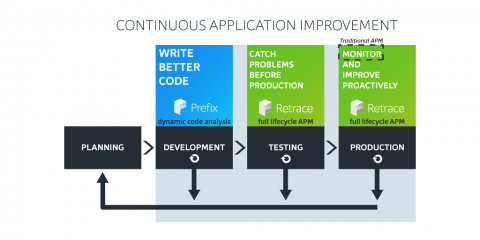LoadImpact is rebranding to k6
This is a proud day for all of us here at LoadImpact! Today is the day we're unveiling the new k6 Cloud service. A completely rebuilt frontend to our cloud service including some much requested improvements. Today is also the day when we make public our plan to rebrand the company as "k6", the starting point for the transition away from the "LoadImpact" brand and loadimpact.com to the "k6" brand and k6.io.











